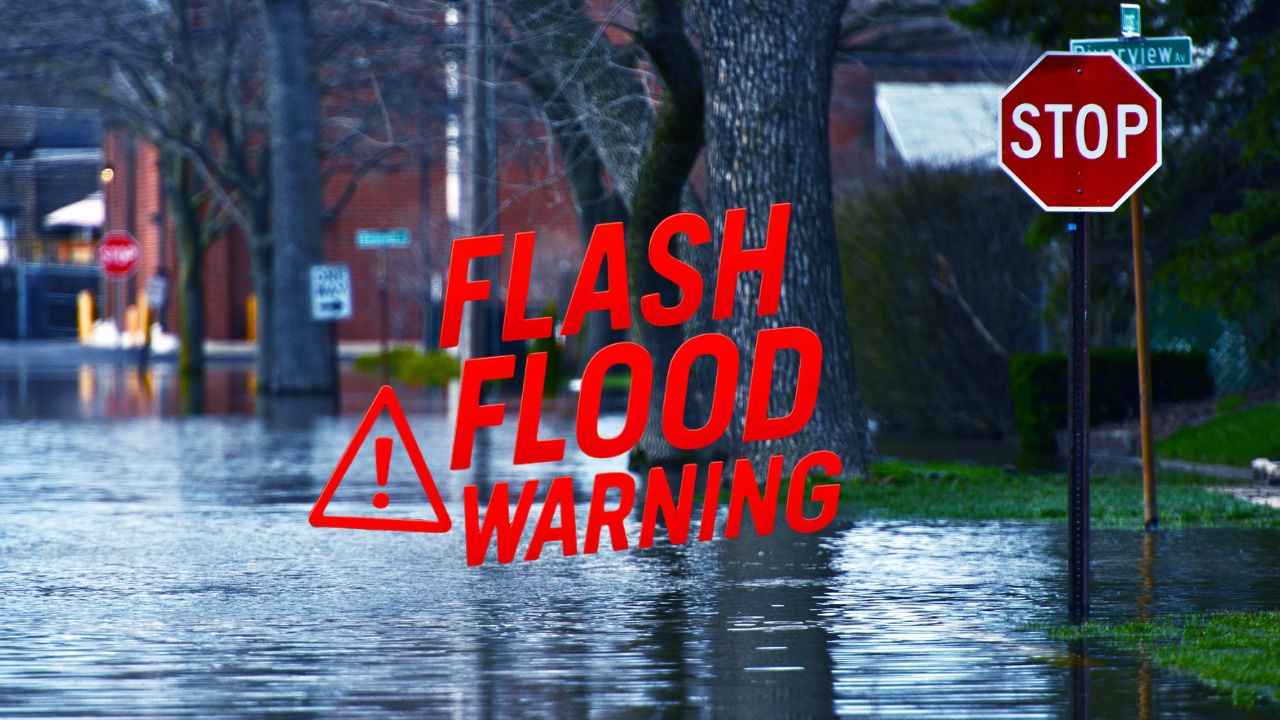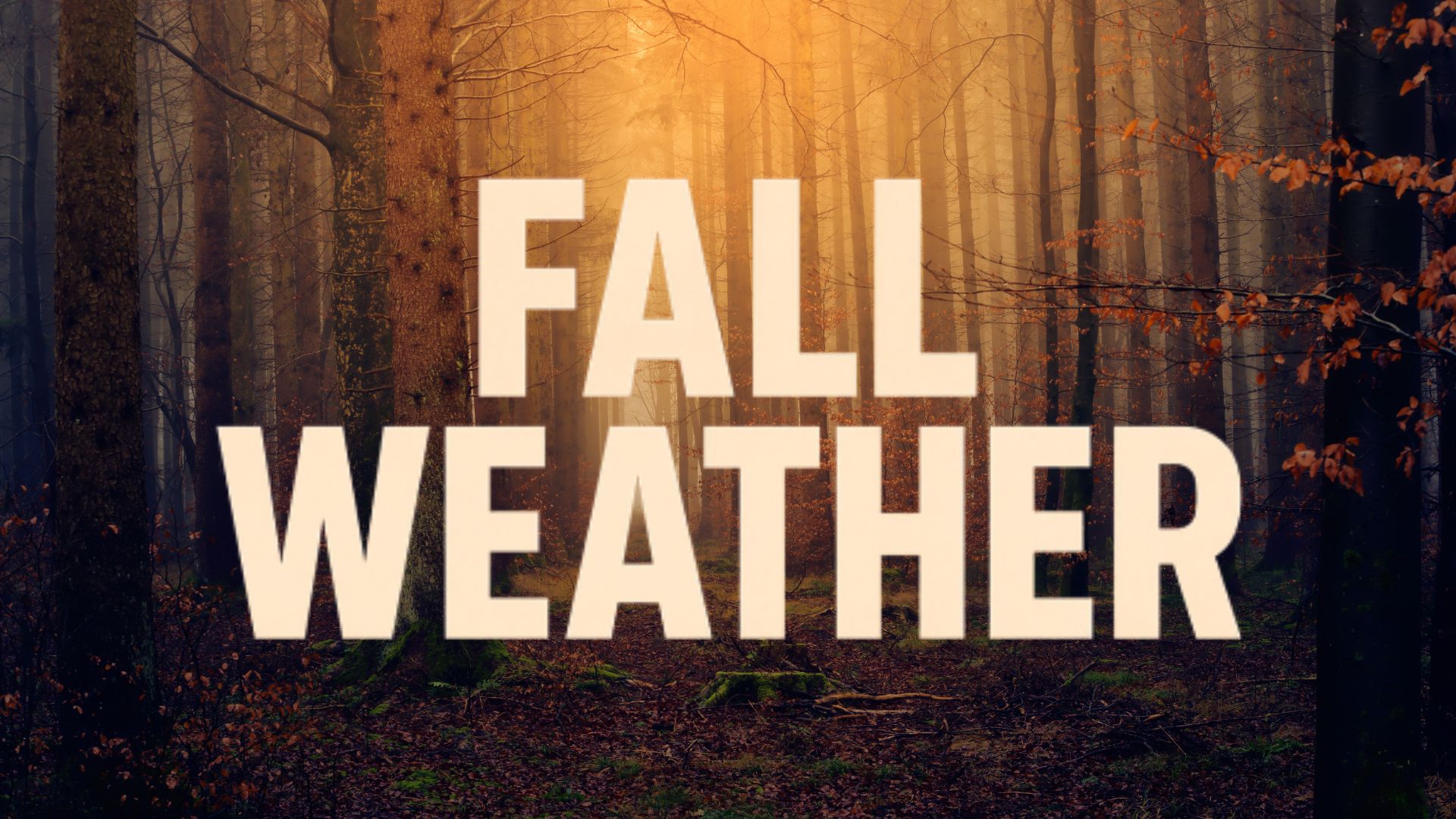Duluth, MN – The National Weather Service (NWS) in Duluth has issued a Dense Fog Advisory for northern Minnesota and northwest Wisconsin, warning that visibility in many areas has dropped to less than a quarter mile. The advisory remains in effect until 11 a.m. Thursday, as thick fog continues to blanket the region.
The Advisory: Fog Reduces Visibility Across the Northland
According to meteorologists, dense fog began forming late Wednesday evening and has persisted through the night, impacting major cities including Duluth, Hibbing, Grand Rapids, International Falls, and Ashland.
Forecasters say visibility may be reduced to near zero in some locations, especially in low-lying areas and along lakeshores. The NWS warns that such conditions can make driving extremely hazardous, particularly during the early morning commute.
“Widespread fog is expected to continue through mid-morning Thursday,” the agency said. “Drivers should be prepared for sudden drops in visibility and slick surfaces.”
Weather Conditions and Areas Affected
The advisory covers much of the Northland region, including St. Louis, Carlton, Lake, Itasca, and Koochiching counties in Minnesota, and Douglas, Bayfield, and Ashland counties in Wisconsin.
Meteorologists note that temperatures near or below freezing could lead to freezing fog, creating a thin glaze of ice on roads, bridges, and sidewalks. This increases the potential for slippery travel conditions during the morning hours.
Travelers along U.S. Highway 53, Highway 2, and Interstate 35 are urged to use caution and reduce speed when driving through fog patches.
Safety Recommendations from Authorities
Officials are advising motorists to slow down, use low-beam headlights, and allow extra distance between vehicles. Drivers are also encouraged to avoid using high beams, as they can reflect off the fog and worsen visibility.
“If you’re traveling early Thursday morning, plan for delays,” meteorologists said. “Visibility can change quickly over short distances, and freezing fog could make untreated surfaces slick.”
Pedestrians and cyclists are also urged to wear reflective clothing and remain alert when near roadways.
Background: Typical Fall Fog Pattern Returns
Dense fog is common across the Upper Midwest during autumn, especially after periods of mild weather followed by cool, calm nights. The combination of high humidity and light winds allows fog to form and persist overnight.
The National Weather Service says this pattern is likely to continue through late October, with occasional overnight fog expected in low-lying valleys and near large bodies of water, including Lake Superior.
Ongoing Developments and Forecast Outlook
Conditions are expected to gradually improve by late Thursday morning as temperatures rise and visibility increases. However, patchy fog could redevelop Thursday night if skies remain clear and winds stay light.
Drivers are encouraged to monitor local forecasts and check real-time weather alerts from the National Weather Service Duluth office for updates throughout the day.
Conclusion
With visibility near zero in parts of northern Minnesota and northwest Wisconsin, the National Weather Service continues to urge caution for travelers across the region. As fog lifts later Thursday morning, normal travel conditions should resume — but residents are reminded to stay alert for future advisories as fall weather patterns persist.
What are your thoughts on these hazardous conditions? Share your travel updates or experiences in the comments below.




